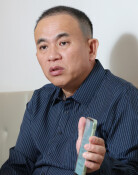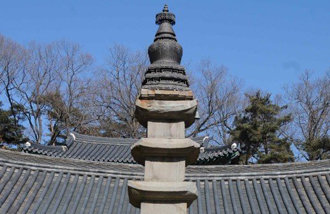Medical Assn: Korea Has Too Many Doctors
Medical Assn: Korea Has Too Many Doctors
Posted July. 09, 2009 07:39,
The Korea Medical Association yesterday said the country has too many doctors, refuting a report by the Organization for Economic Cooperation and Development saying the country has too few.
The OECD said in an annual health report that Korea in 2007 had 1.74 doctors per 1,000 people, ranking 22nd out of 23 member countries. Only Turkey had a lower average with 1.51, while the average for a member country was 3.1.
Austria had the most (4.03), followed by the Netherlands (3.93), Poland (3.86), Switzerland (3.85) and Australia (3.75).
The association denied the OECDs claim, saying, An error in statistics has led to the perception that Korea has a doctor shortage. Since the average is based on the number of practicing doctors submitted by each country, a huge gap exists between the real number of doctors and the data, with the number of practicing doctors not included.
The number of doctors (licensed practitioners) in Korea was 108,207 in 2007 based on statistics released by the Health, Welfare and Family Ministry, and thus Korea had 2.2 doctors per 1,000 people, the association said.
The number of practicing doctors shot up from 0.6 in 1985 to 1.74 in 2006, growing 3.5 times while the average growth in the OECD was 47.6 percent. The association said that given that 4,150 students graduate from medical and traditional Oriental medical schools every year because new ones are added or existing ones are expanded, the figure will reach the OECD average of 3.1 in five years.
This is because patients are flocking to big hospitals. Small and mid-size hospitals are going bankrupt. This is a relative shortage due to the tendency of doctors to work at specific hospitals and in certain specialties, not an absolute shortage of doctors, association spokesperson Jwa Hoon-jeong said.
The OECD recommends that the number of doctors average 150 per 100,000 people. In that case, Korea is far short of the OECD average with just 1.5 but maintains an appropriate number of doctors. Korean doctors, however, comprise those practicing Western and Oriental medicine, so the real number is much smaller in Korea than in countries with no Oriental doctors.
A source from the medical resource department of the Health Ministry said, Though patients have different purposes when they see doctors trained in Western or Oriental medicine, the OECD guidelines include those practicing Oriental medicine as medical practitioners.
Despite the associations denial, however, there is no doubt that patients often complain over the quality of treatment. A joke goes that they have to wait three hours for a three-minute consultation.
While the association is urging a limit on the number of medical students because of oversupply, critics contend that doctors want to restrict entry into the field.
Kang Tae-eon, director of the civic group Consolidation for Medical Consumers, said, Patients anticipate that more doctors will lead to better services. The number of doctors is not a big issue, but addressing the concentration of doctors in certain regions and specialties is urgent.
woohaha@donga.com
Headline News
- N. Korea conducts ICBM test ahead of U.S. presidential election
- Samsung Electronics to expand 5th Gen HBM Sales in Q4
- Gov’t flags possible tax evasion among pension exemption applicants
- Draft of U.S.-brokered 60-day truce between Israel and Hezbollah leaked
- Half of working seniors earn less than 1 million won per month







